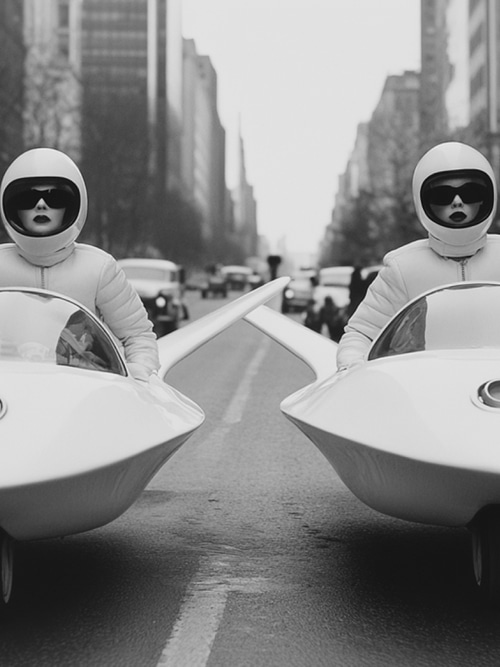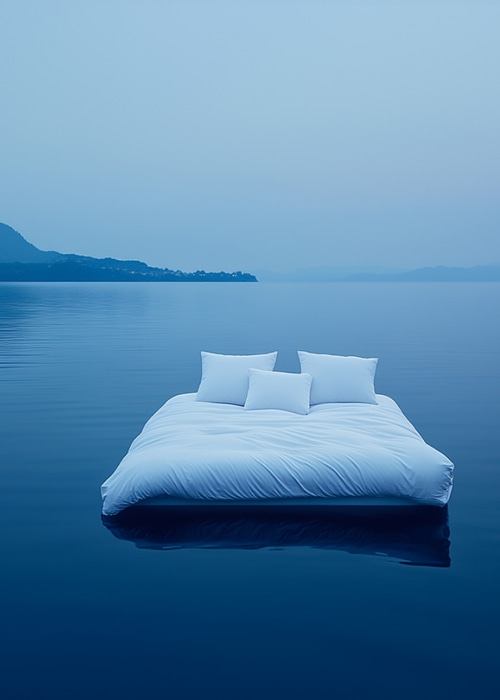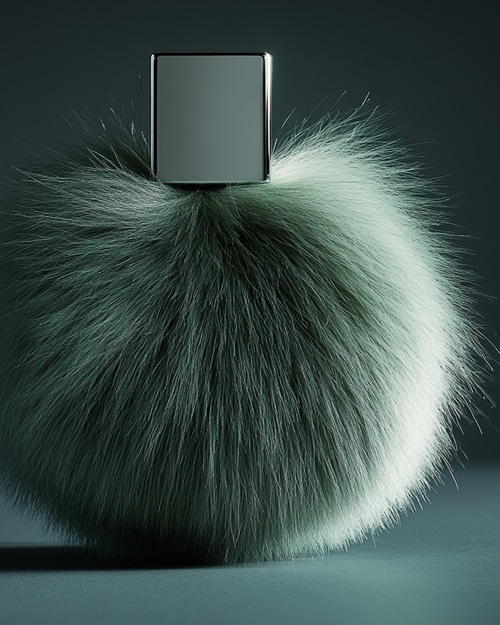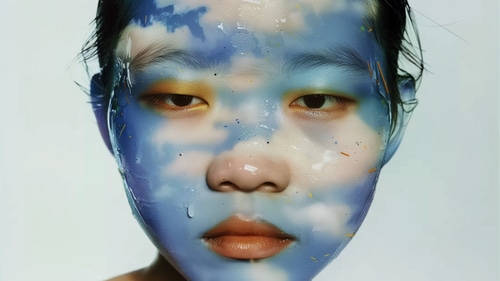
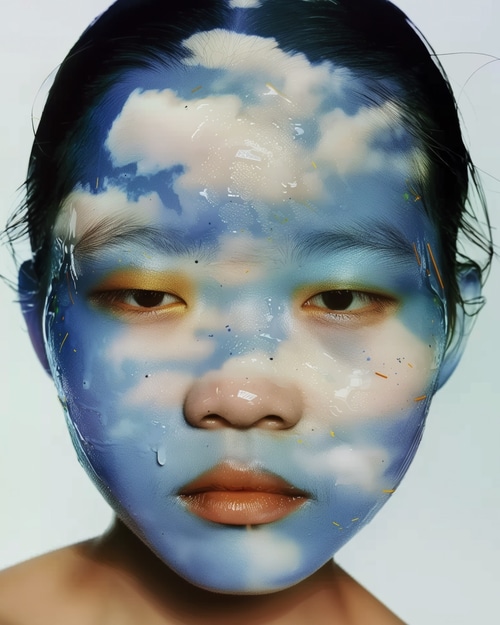
Magical Realism is luxury’s secret weapon
One genre – one mode of storytelling – is fuelling much of the world’s most successful art today, from books to cinema to fashion. It’s called ‘magical realism,’ and today it’s a powerful tool for luxury brands.
Magical realism is everywhere in the Oscar-winning hit Poor Things. The genre fills the New York Times bestseller charts, features in record-breaking music videos, and can be even seen in the best looks at this year’s Met Gala, the theme of which was based upon a magical realist short story.
It’s a genre that resonates everywhere from Latin America to China. This summer in Wuxi, China, a dreamlike architectural pavilion, Emerald Screen Pergola, was opened with the express purpose to inject ‘magical realism’ into the everyday lives of those who walk through it.
Magical realism is a term coined by art critic Franz Roh in 1925 – it’s what happens when you take fantastical elements and apply them seamlessly to our reality. Given the strangeness of life today, it’s no surprise we’re latching onto this genre – as Albert Camus said, “a man who has become conscious of the absurd is forever bound to it.”
In 2024, the luxury brands that we can consider truly thriving, commercially and culturally, often use magical realist storytelling. Loewe is a strong example of this. They released a campaign this summer with celebrities shot by Juergen Teller in magically small, hyper-realistic worlds; their Instagram recently featured a model levitating in her leather jacket.
In recent years, this kind of realistic yet winking design has become more and more important. We can see this in hard luxury, like with the explosive surge in interest in the Cartier Crash, a watch with the appearance of being ‘half-melted.’
But while many playful brands are thriving today, a spectrum of more serious luxury brands have been hit hard. This isn’t to say that more naturalistic brands can’t succeed – just look at Zegna, for instance, a thriving brand that is unafraid to embrace the fantastical via their social content (like with an ad that shows Milan filling with the lush wonder of their Oasi Zegna forest), or via their collaborations (like with the ultra-colorful The Elder Statesman ).
This year at Al Dente, as our strategy and insights team interviews luxury consumers across the world, we hear again and again the sentiment that people want luxury now that makes them dream. They seek to imagine new possibilities for their lives, whether they’re from New York or Tokyo, Riyadh or Berlin.
And as novelist Salman Rushdie said, with magical realism,
“imagination is used to enrich reality, not to escape from it.”
Today, if luxury brands are too ‘real,’ do they risk losing the unique spark that makes them truly luxury in the first place?
